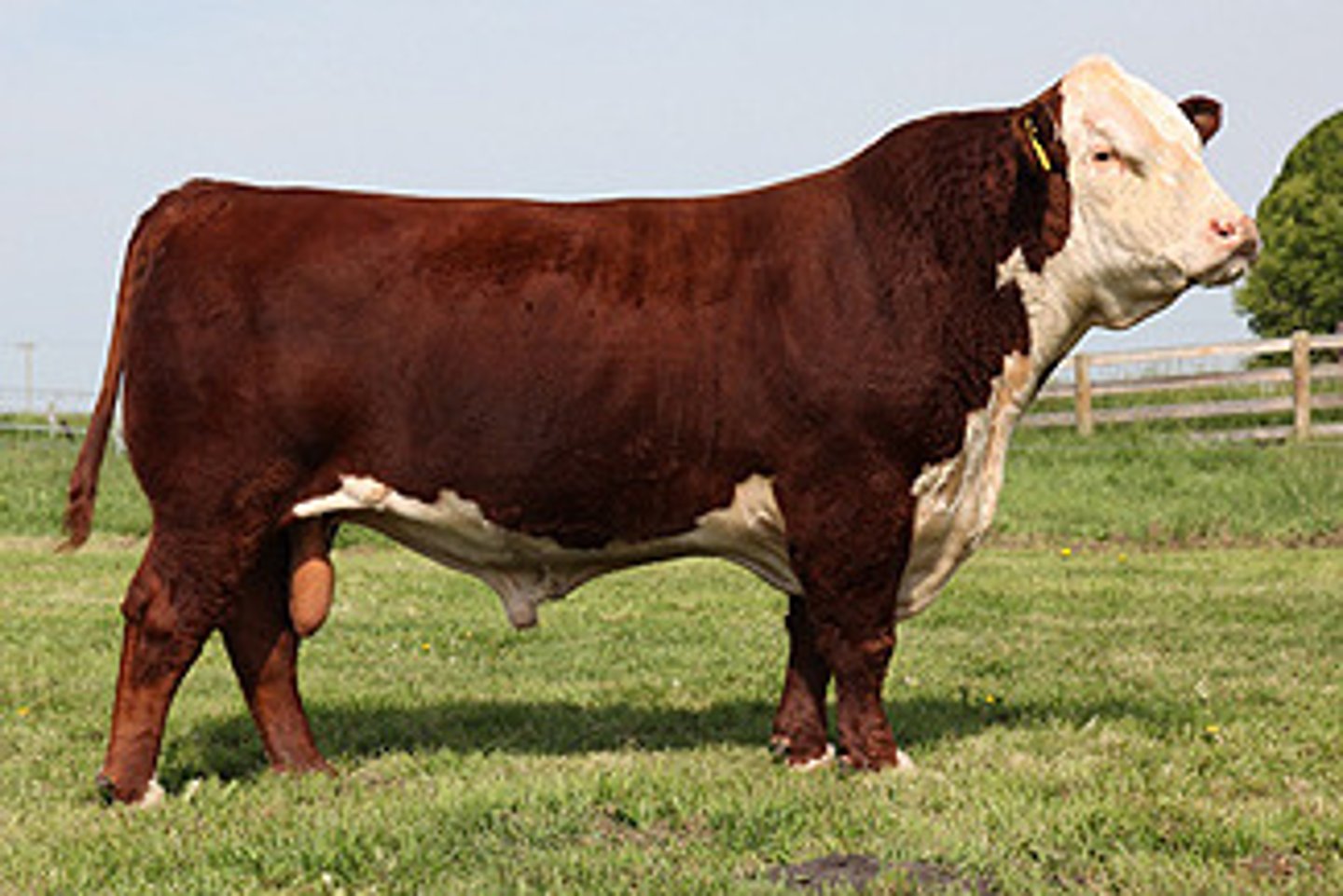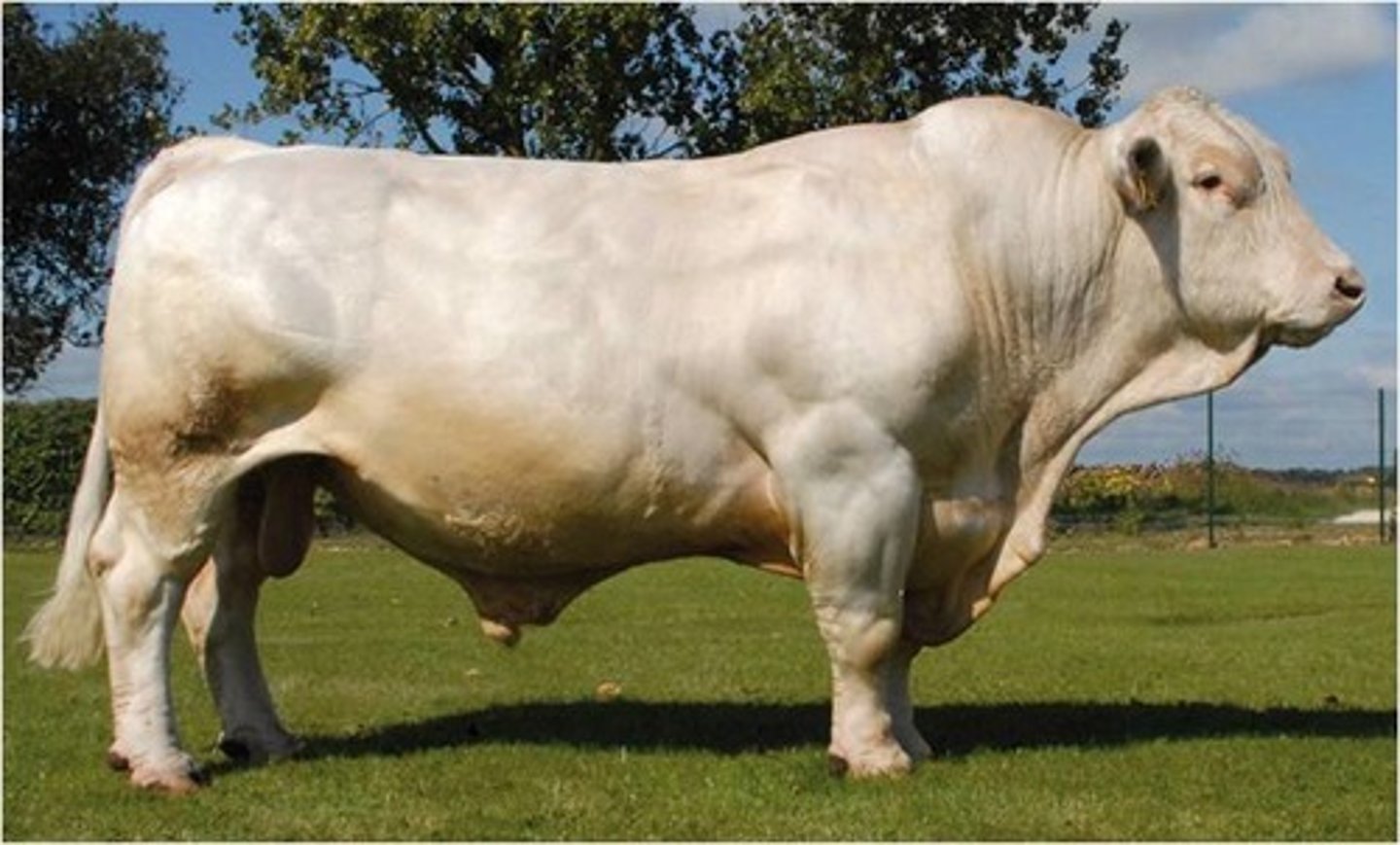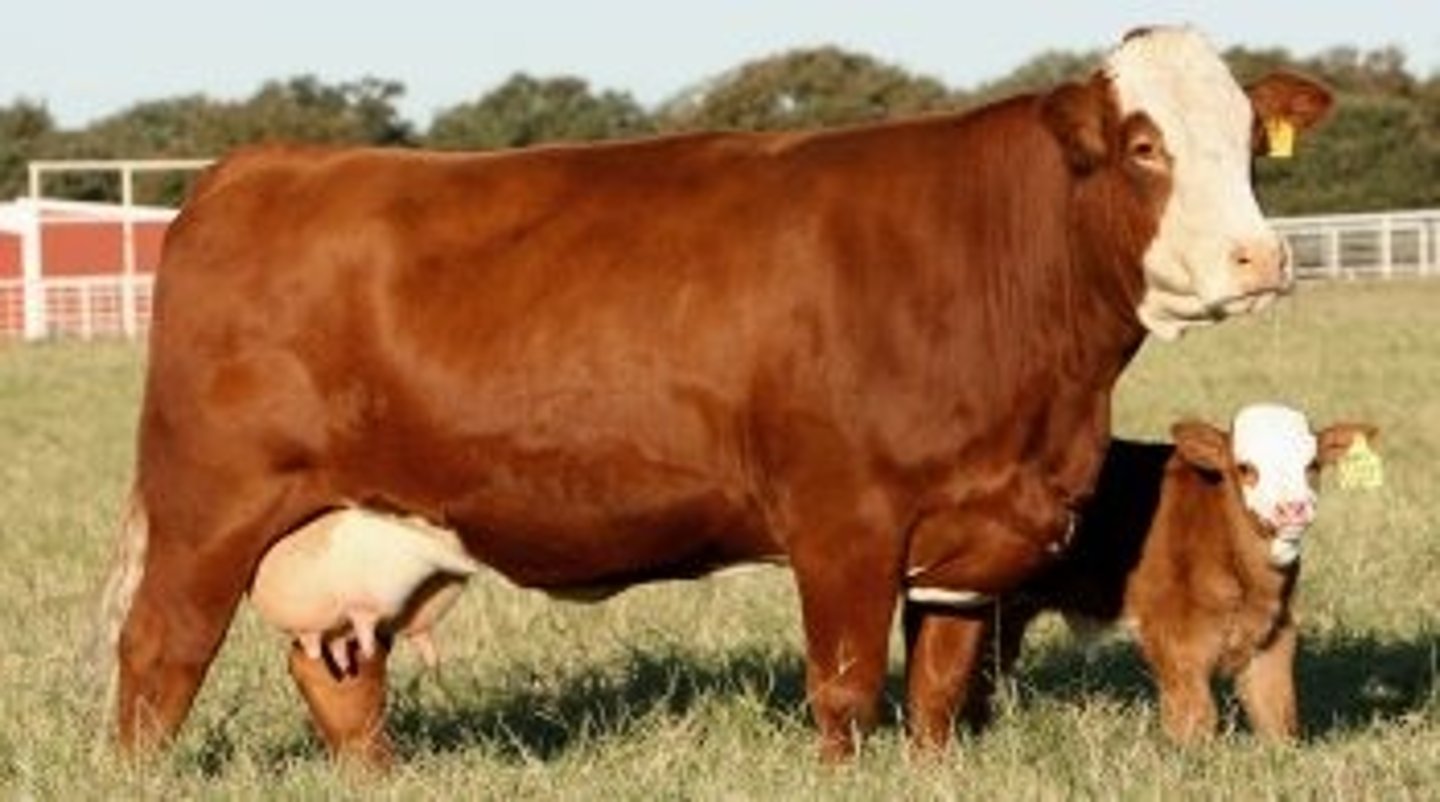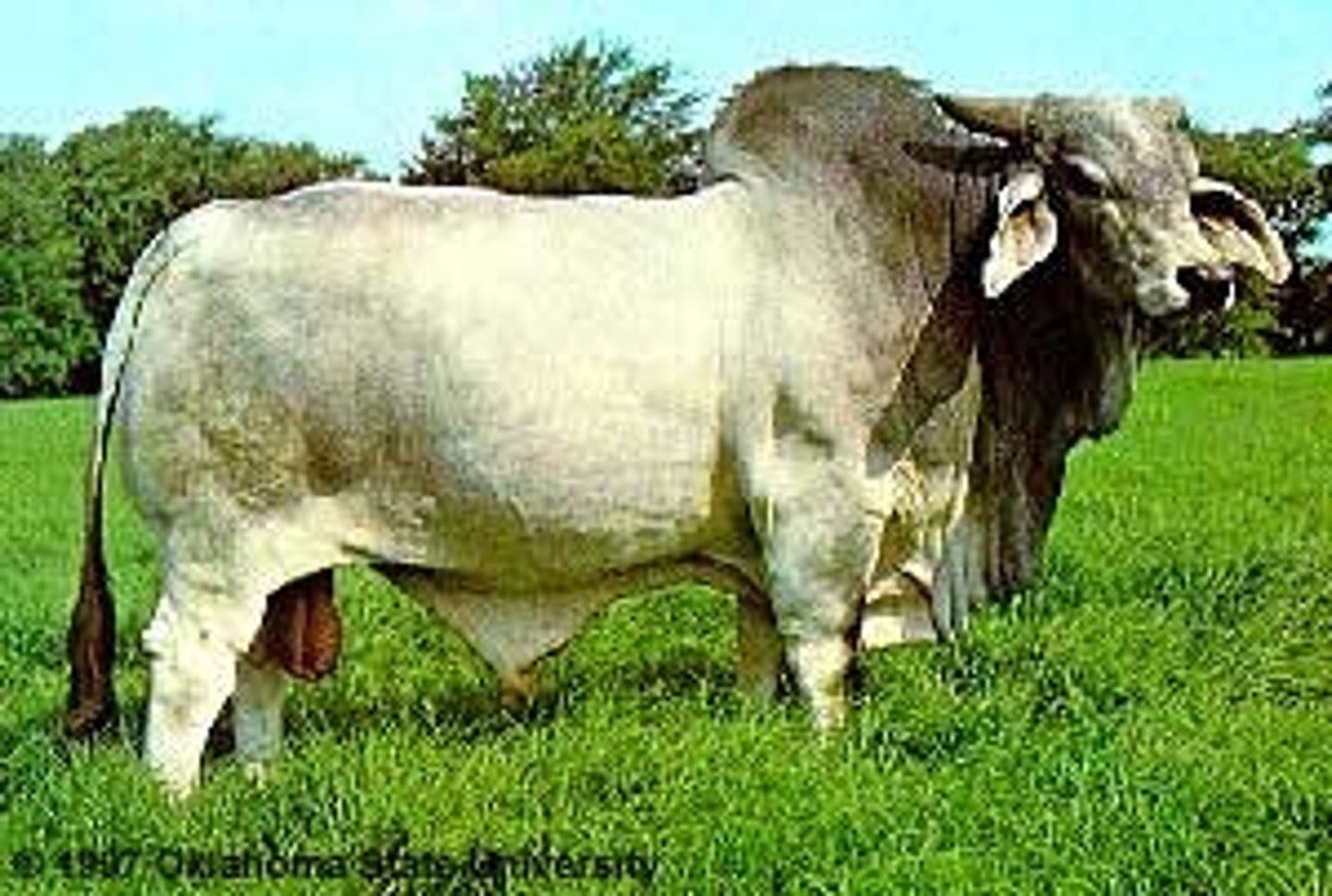APSC 1454 Exam 1
1/186
There's no tags or description
Looks like no tags are added yet.
Name | Mastery | Learn | Test | Matching | Spaced |
|---|
No study sessions yet.
187 Terms
When did animal domestication begin?
15,000 years ago w dogs
10,000 years ago w livestock and cats
Developed Country
sovereign state w highly progressed economy, technological infrastructure, and generally a high standard of living
Underdeveloped country
low industrialization and low human development index
What percentage of global calorie consumption are animals responsible for?
18%
What percentage of global protein consumption are animals responsible for?
40%
Developed countries consume significantly _______ animal products than developing countries
more
Overall, the trend in meat consumption over the last 80 years has _____
increased
___ % of people in developed countries are directly involved in food production
5
____ % of people in underdeveloped countries are directly involved in food production
40
What compromises the greatest amount of meat consumption?
poultry and pork
What percentage of milk is produced by cows?
84
It is projected that meat production will increase by __ by 2050?
50%
Food demand is expected to increase by _____?
13%
What field has increased livestock production the most?
Poultry
Feed:Gain
Feed intake/Avg daily gain
Gain:Feed
Avg daily gain/feed intake
How many birds per hour do poultry plants process?
15,000
How many pigs per hour do swine plants process?
1,400
How many cows per hour do beef plants process?
400
What are some examples of advances that have made this possible?
- advances in automation
- image analysis system to sort broilers
- automatic filleting equipment
Examples of animal products produced:
- wood
- fertilizer
- by-products
What is a by-product
a secondary product made during manufacturing of significantly less value
Examples of by-products
- leather
- tallow/grease
- gelatin
- collagen
__ of US household's own pets
67%
What is the number 1 pet in the US by quantity?
Fish
What is the most common pet?
Dogs
Example of how animals are used for recreational purposes
Hunting and fishing
How many service animals are in the US
over 500K
Example of how animals are used for service purposes
Service and emotional support dogs
Examples of how animals are used for work purposes
- military
- airport security
- boarder security
- police
- search + rescue
Example of search and rescue dogs
- avalanche dogs
- police K9s
- fire fighters
How much cultivation power do dogs provide in developing countries?
52%
How much cultivation power do dogs provide in the US?
10%
Examples of entertainment in the animal industry
- Rodeo
- Horse racing
- Shows/Fairs
- Circus
- Zoos and Aquariums
Why are zoos and aquariums declining in the US?
Welfare concerns
How do animals contribute to research?
Animal models: pigs, mice, rats, rabbits, chickens
How are chickens used to contribute to research?
vaccines
How do animals contribute to human medicine?
Xenotransplantation - porcine heart valves, porcine skin
Xenotransplantation
process of grafting or transplanting organs or tissues between members of different species
Basic Research
Targeted at better understanding mechanisms of action. How or why, something occurs
Applied Research
Takes concepts learned from basic research and develops an implementable strategy that changes how we do something.
Animal Welfare Act
- 1960's
Mandates that warm-blooded animals be well cared for in both research and commercial areas
IACUC
Institutional Animal Care and Use Committee
What are the 3 R's
1. Reduction
2. Refinement
3. Replacement
Reduction
reduce the amount of animals if possible
Refinement
refine procedures to make processes are comfortable as possible
Replacement
replace animal w a non-animal sample when possible
Where are most beef cattle located?
the central plains, texas
Genus for cattle
Bos
Bovine
relating to or affecting cattle
Calf
young male or female cattle, typically under one year of age
Heifer
Female cattle who has not given birth
Cow
Female cattle who has given birth
Bull
uncastrated male cattle
Steer
castrated male cattle
Calving
act of giving birth to bovine
Beef
meat from cattle
Herd
group of cattle
Breed
group of related animals w/ distinguishing characteristics
maternal breeds
excel at mothering, raising calves, and producing milk
terminal breeds
excel at growth, feed efficiency, and carcass yield
Dual purpose
have good maternal and terminal characteristics
What are beef cattle breeds distinguished by?
Coat color and presence of horns
Angus
- most popular beef breed in the US
- black
- easy births
- maternal historically
- there has been a lot of selection to improve carcass quality
- British

Hereford
- red body and white face
- British
- maternal
- very docile
- either horned or polled

Charolais
- white
- terminal
- continental Europe
- very muscular
- fast growing
- can be hard to work with, high strung
- more likely to have problems calving

Simmental
- black or red with white line down center of face
- continental Europe
- dual-purpose
- large
- good mothers
- good growth
- versatile

Brahman
- gray
- droopy ears, extra skin
- Indian
- heat tolerant
- aggressive
- poor meat quality
- large
- slow growth

Seedstock (beef cattle)
- purebred operation
- provide genetics for commercial producer
- registered with breed associations
- record pedigrees
- provide services to members
- provide genetic stock
- high investment in facilities and management
Cow/Calf operation (beef cattle)
- this is most beef producers
- calves are sold for beef around weaning (6 to 8 months)
- calve spring 75% and fall 25%
Calf - crop percentage
number of calved produced per 100 cows in the breeding herd
How does a cow/calf operator assess profitability? (beef cattle)
- calf crop percentage
- average calf weight at weaning
- Annual cow cost
How does average calf weight help assess profitability?
often reflects how much milk is being produced
Stocker/Backgrounder (beef cattle)
* extensive housing system
- buy weaned calves
- raise on pasture. grow slowly and gain weight cheaply
- sell cattle at 1+ years old
- common in VA
Factors to consider as a stocker producer (beef cattle)
- price
- growth potential
- amount and quality of forage
- health status
Feedlot (beef cattle)
- cattle are only on feedlot for 4-12 months
- buy feeders or stockers
- animals are confined to pens and are fed high energy grain diet
- market steer or heifer
- grow fast and put on fat
- send to slaughter
- over 80% receive a growth promoter (natural or synthetic)
- usually vaccinated again
Veal
meat from calves
Intensive housing
- high labor and capital
- small area of land, indoor, and climate controlled
- farmer regularly sees animals (multiple times a day)
Extensive housing
- limited labor and capital
- animals are scattered across large area of land
- outdoor
- animals harvest their own feed
- animals are seen daily or less frequently (this can cause problems during intense seasons)
Cow/Calf Housing Beef Cattle
- pasture
- may supplement hay/grain
Stockers housing beef cattle
- pastures
- wheat fields
Feedlot housing beef cattle
- open to outdoors
- may have windbreaks or sunshades
- dirt lot and big mount in the center so cows don't have to stand in the mud when it rains
- central alleyway for feed
What is considered to be a small beef cattle operation size?
500 - 1,000 heads
What is considered to be a large beef cattle operation size?
30,000 - 100,000 + heads
Grain - finished
- conventional, no special labeling
- animal spends the majority of its life on pasture
- spends 4-6 months at feedlot
- may or may not have received antibiotics or hormones
Grass - finished or grass - fed
- animal spends its entire life eating grass or forage
- may also eat grass, forage, hay, or silage at feedlot
- may be given antibiotics or hormones
Certified Organic
- cattle never receive antibiotics or hormones
- may be grain or grass finished, as long as the feed it 100% organic
Naturally raised or "never ever"
- cattle never receive antibiotics or hormones
- may be either grain or grass finished
- may spend time in feedlot
When is puberty reached in a bull?
6-10 months
When is puberty reached in a heifer?
4-14 months
How long is gestation in cattle?
283 days
How long is a bovine estrous cycle?
21 days
What is the reproductive goal for a cow?
1 cow per calf per year
free martin
a female calf born twin to a bull calf (90% will be infertile)
Cattle are __ which means they have ___ in their stomach
ruminants, 4 compartments
What does being a ruminant allow cattle to do?
- allows for fermentation of forage
- bacteria creates proteins
Wha part of the stomach in a ruminant is most similar to the human stomach?
The abomasum
Bloat
Health concern for beef cattle
- can't release gas from rumen
- the rumen expands and puts pressure on diaphragm and lungs
- swelling on the left side, severe discomfort
- prevention is key, treatment is hard because of its fast progression
Acidosis
Health concern in beef cattle
- abrupt decline in rumen pH
- shift to high grain diets, excessive consumption of certain carbs
Signs of acidosis
- cattle weak
- appears anorexic
- may have diarrhea
- may be dehydrated